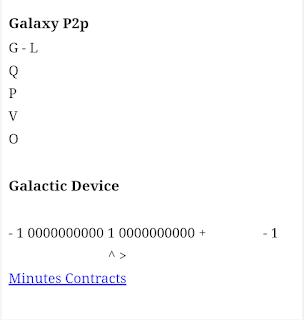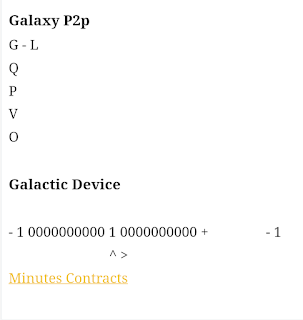1. Quantum Behavior of Electrons
Electrons are not tiny balls zooming around. Quantum mechanics reveals a weirder, more beautiful reality.
a. Wave-Particle Duality
- Electrons behave like both particles and waves.
- In fact, until they interact with something (like matter or a detector), they exist as probability clouds — described by a wavefunction.
- That cloud tells you where the electron might be found — not where it is.
b. Heisenberg’s Uncertainty Principle
- You can’t know an electron’s exact position and momentum at the same time.
- The more you pin one down, the fuzzier the other gets.
- So in “free space,” an electron isn’t traveling in a straight line like a bullet — it’s more like a fuzzy blur moving with direction.
c. Quantum Tunneling
- Electrons can do something wild: tunnel through barriers they shouldn't be able to pass.
- This happens in devices like tunnel diodes and even in nuclear fusion inside stars.
- In classical physics, this would be impossible. But in quantum mechanics? It happens all the time.
2. Electricity: In Wires vs. In Space
Let’s compare electron flow in two radically different environments:
A. In Wires (Like Copper)
- Think of copper as a rigid lattice of positive metal ions, surrounded by a “sea” of free electrons.
- These electrons randomly bounce around but, when voltage is applied, they drift in one direction.
- The actual drift speed of electrons is super slow (mm/s), but the electric field moves almost instantly.
Quantum View:
- Electrons exist in energy bands. In metals, the conduction band is partially full, so electrons can move easily.
- The current is really a collective movement of wavefunctions — not just particles bumping down a track.
B. In Space (Vacuum or Plasma)
- No atoms to bump into — so free electrons can accelerate continuously if you apply a field.
- This is what happens in electron guns, CRT displays, or particle accelerators.
- In plasma, electrons and ions are free-floating — it's an electrically conductive gas. Very common in stars, lightning, and even neon signs.
Quantum View:
- In a vacuum, electrons behave more like pure wave-particles.
- Their motion is influenced by quantum fields and potential differences.
- They can emit radiation (like synchrotron or bremsstrahlung) as they’re accelerated.
Want Some Wild Quantum Bonus Facts?
- Electrons are indistinguishable: Every electron in the universe is exactly the same — same mass, same charge, same spin. Some physicists even proposed they're all the same one electron looping through time (a very fringe idea, but fun).
- They never “orbit” atoms like planets — that Bohr model is outdated. Instead, they exist in orbitals — weird, probabilistic shapes like clouds, dumbbells, and rings.
- The behavior of electrons is governed by the Pauli exclusion principle — no two electrons can occupy the same quantum state. That’s literally what gives matter its structure.







0 Comments